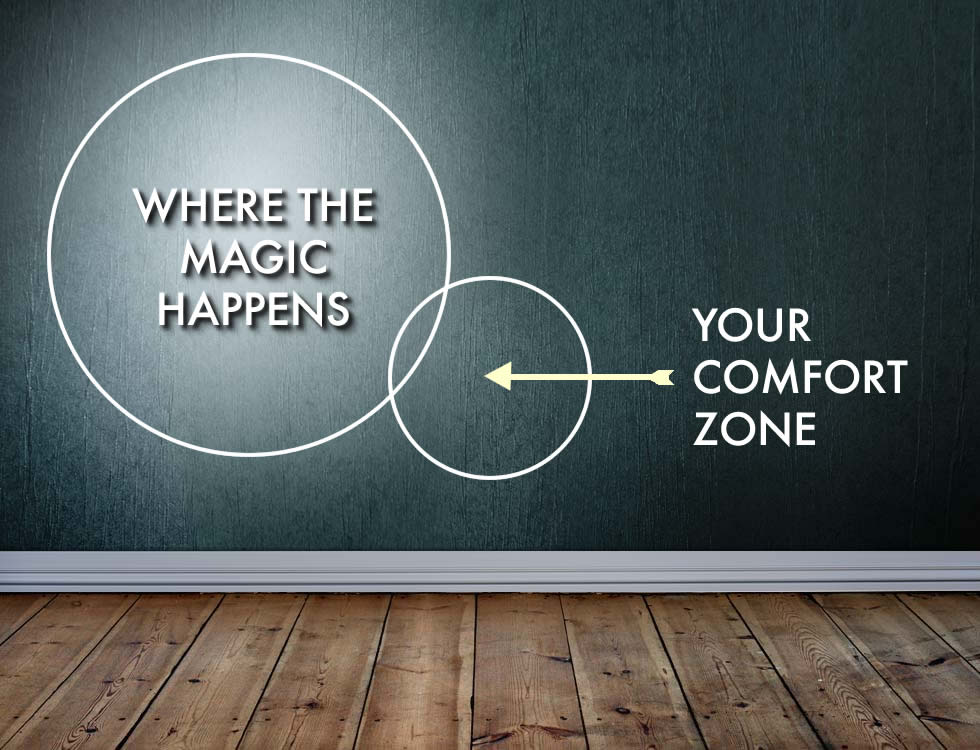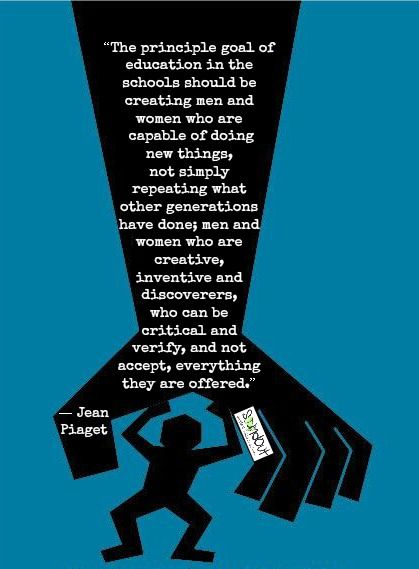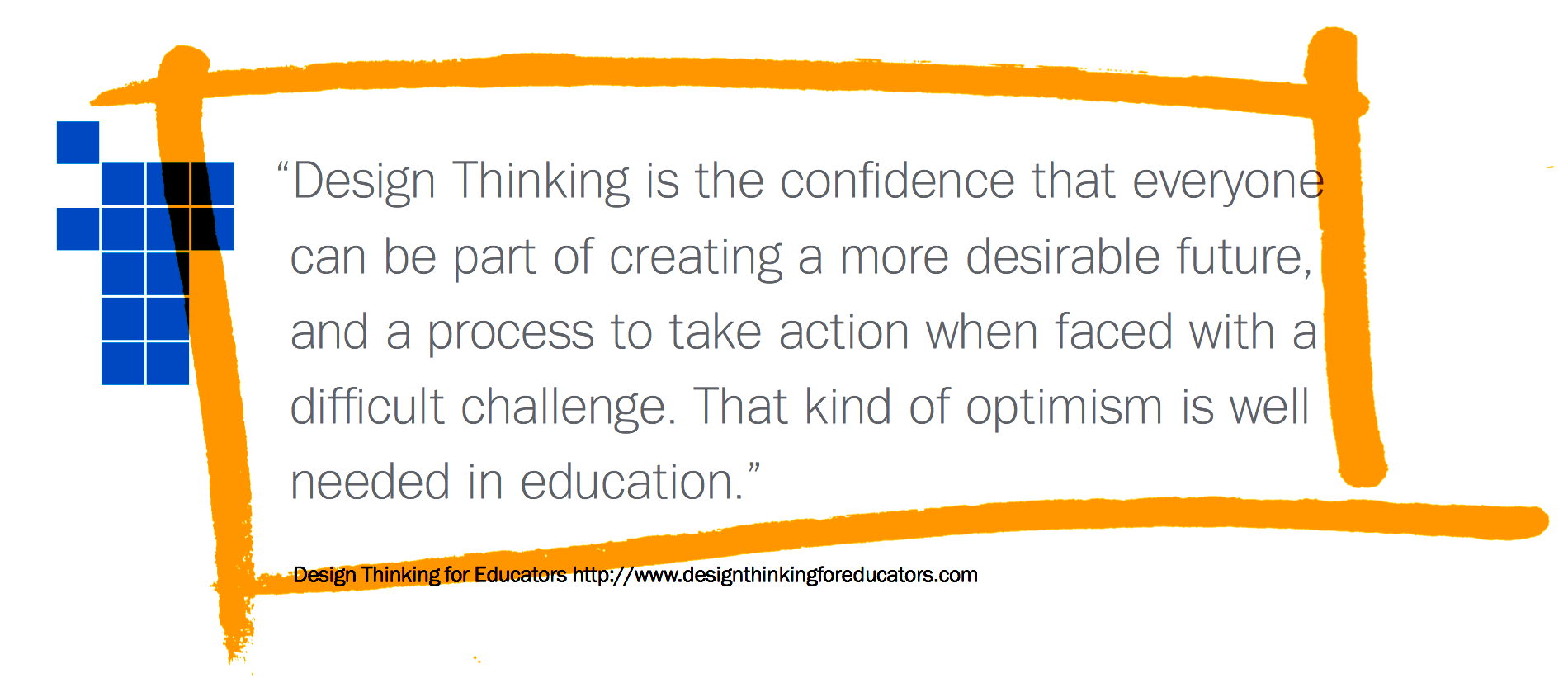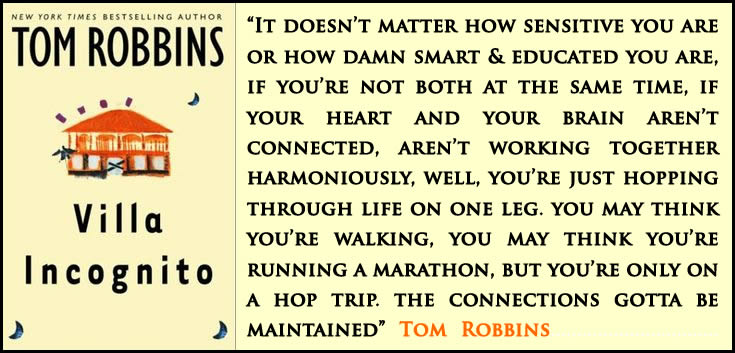This course offers graduate students a space to create and a community to explore empirical and theoretical ideas about creativity in curriculum and pedagogical design. Our six modules include critiquing scholarly readings and TED talks, expressing and challenging viewpoints, building upon each other’s work, and experimenting with hands-on learning activities.
Students will engage in this course as instructional designers, content creators, and thinkerers working together on personally or socially meaningful projects. Learning involves defining educational problems and generating creative solutions, brainstorming, bodystorming, mindmapping, prototyping, observing, empathizing, evaluating, and experimenting with diverse ideas, materials, and perspectives. The operative word for this course is CREATIVITY: participants will be supported to develop creative leadership skills, increase creative confidence, become more creative listeners, take intellectual risks, push boundaries, question assumptions, expand research possibilities, and exercise ingenuity.
Students will benefit from a multimodal learning environment and creative instructional strategies (e.g., design thinking challenges, role-playing, and storyboarding). We will make and deconstruct learning artifacts using open-ended materials, develop prototypes for innovative classroom learning environments (on-site and online), evaluate educational apps, build and program robotics, ignite imagination through coding, be inspired by guest presenters, and have fun learning by collaborating and creating.
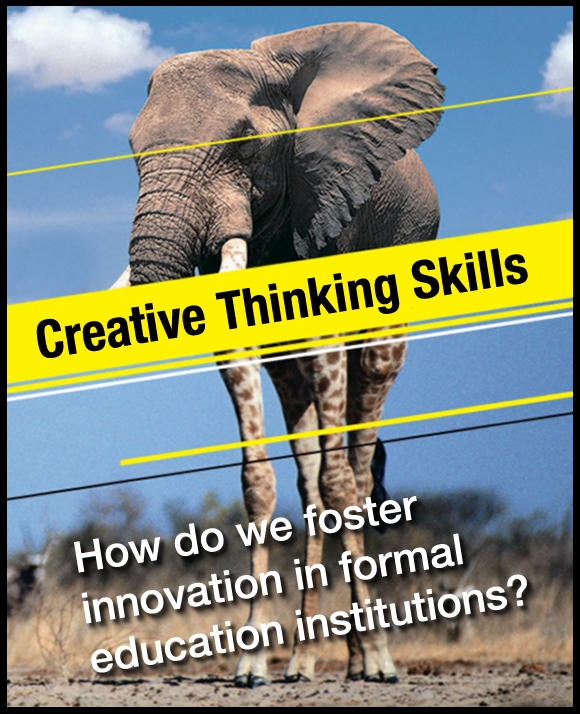
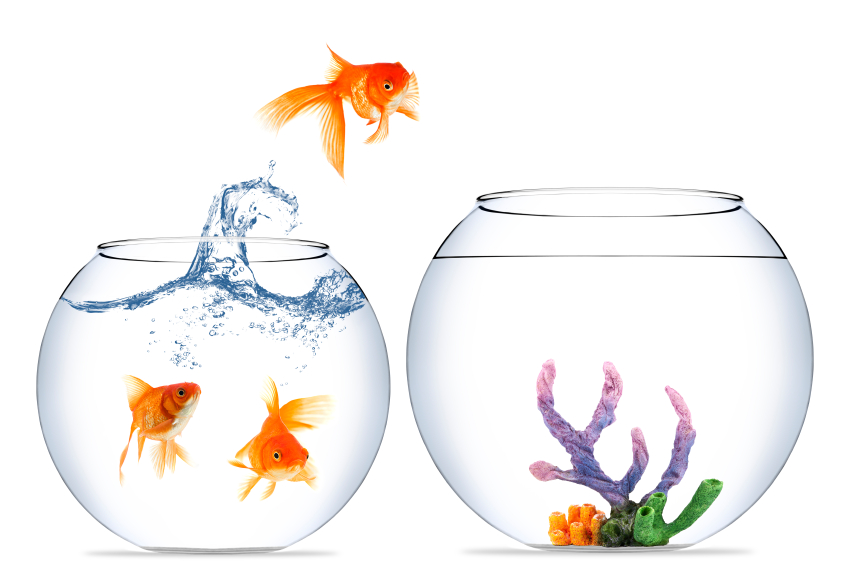

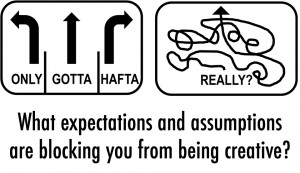
 Follow
Follow